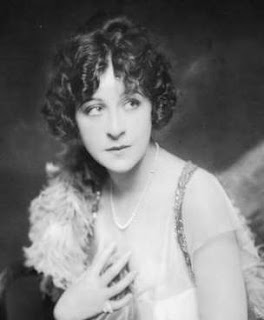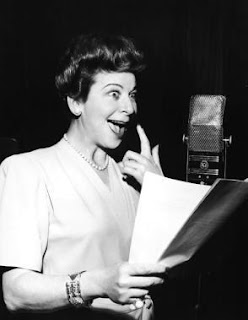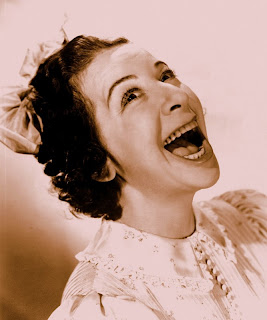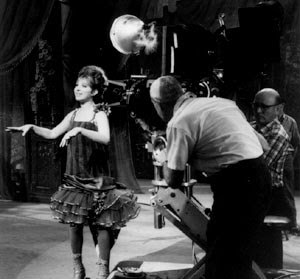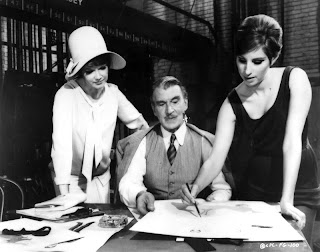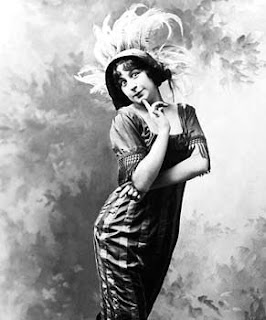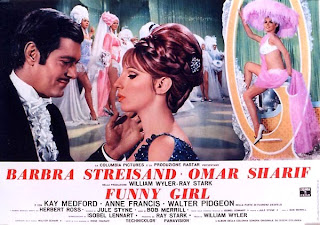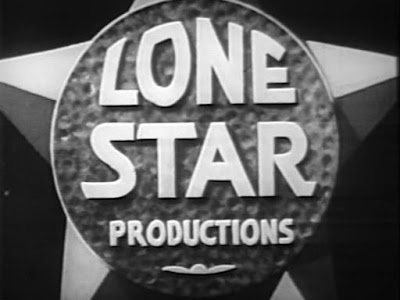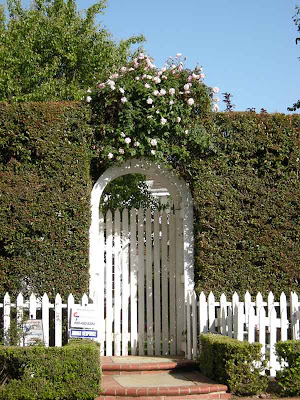
Industri game memang sangat menjanjikan, bahkan sebagian judul telah mencetak rekor sebagai game paling laris pada masanya. Lalu game apa saja yang berhasil meraih penjualan terbanyak?
Berdasarkan data yang dikumpulkan oleh Guinness World Records dalam 2010 Gamer's Edition, setidaknya ada 15 game yang memiliki angka penjualan yang menakjubkan.
Inilah 15 game terlaris sepanjang masa:
- Pokémon Ruby/Sapphire (2002), terjual sebanyak 15 juta keping
- The Sims (2000), 16 juta keping
- Pokémon Diamond/Pearl (2006), 17 juta keping
- Grand Theft Auto: San Andreas (2004), 18 juta
- Brain Age: Train Your Brain in Minutes a Day (2005), 19 juta
- Super Mario World (1990), 21 juta
- New Super Mario Bros (2006), 22 juta
- Wii Fit (2007), 23 juta
- Nintendogs (2005, 24 juta
- Wii Play (2006), 27 juta
- Duck Hunt (1984), 28 juta
- Tetris (1989), 30 juta
- Pokémon Blue/Red/Green (1996), 31 juta
- Super Mario Bros (1985), 40 juta
- Wii Sports (2006), 62 juta
Jika merujuk pada data di atas, maka bisa Nintendo bisa dibilang masih merajai penjualan game di seluruh dunia. Meski tidak melulu mengedepankan kualitas grafis, namun agaknya gamer banyak kepincut dengan sistem permainan yang ditawarkan oleh Nintendo.


